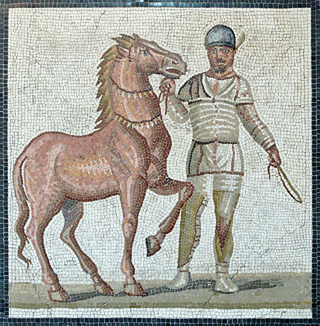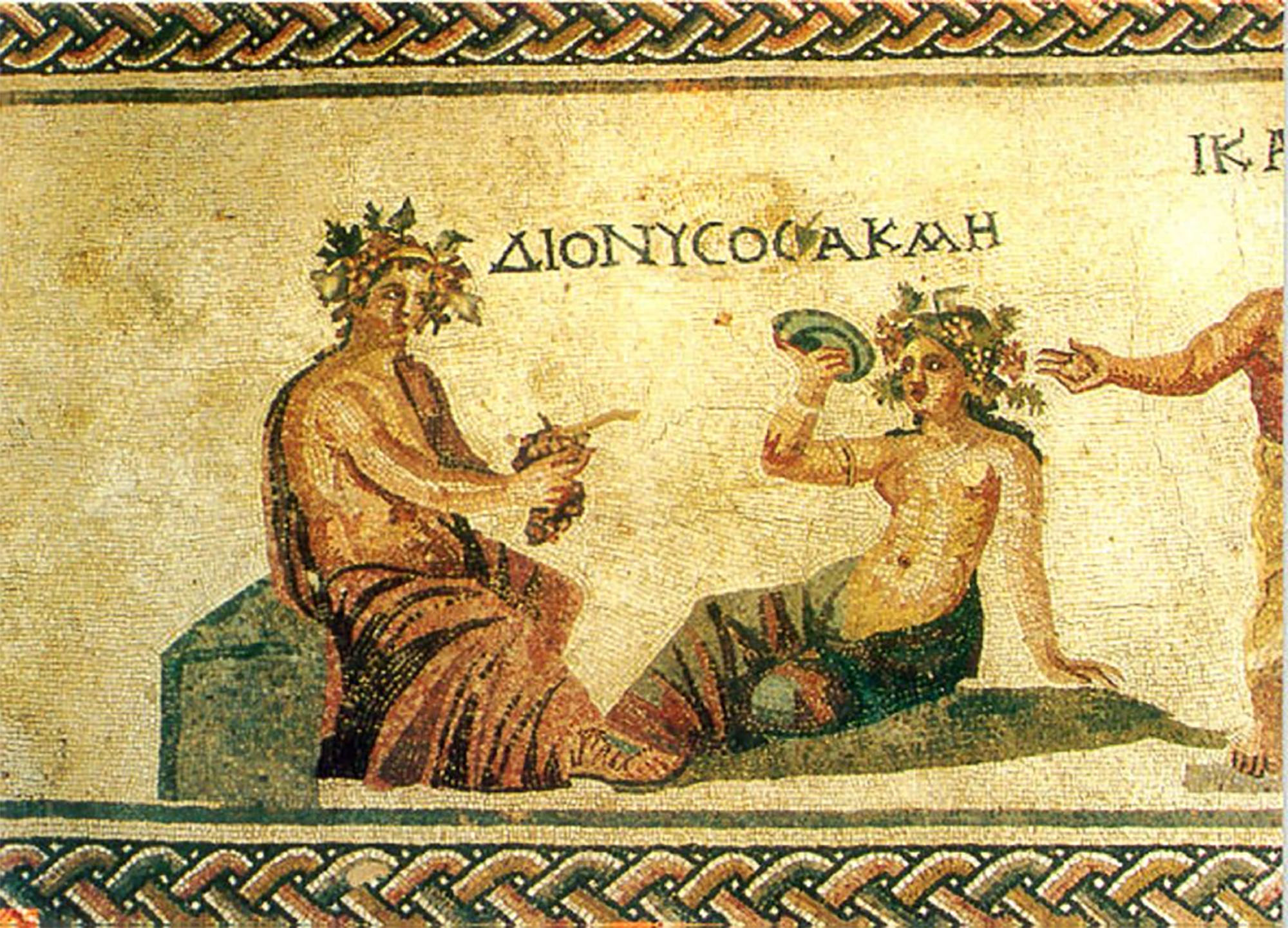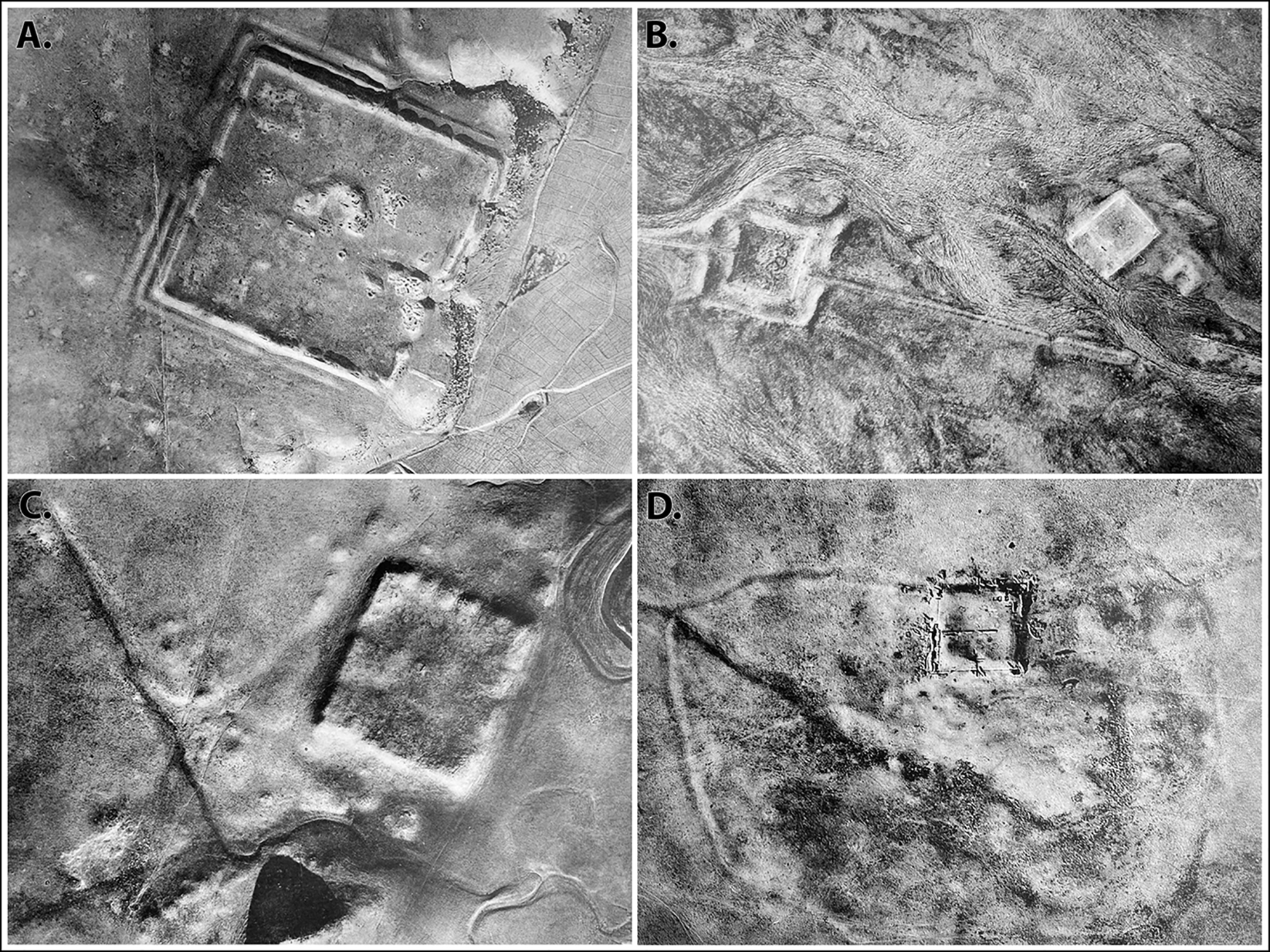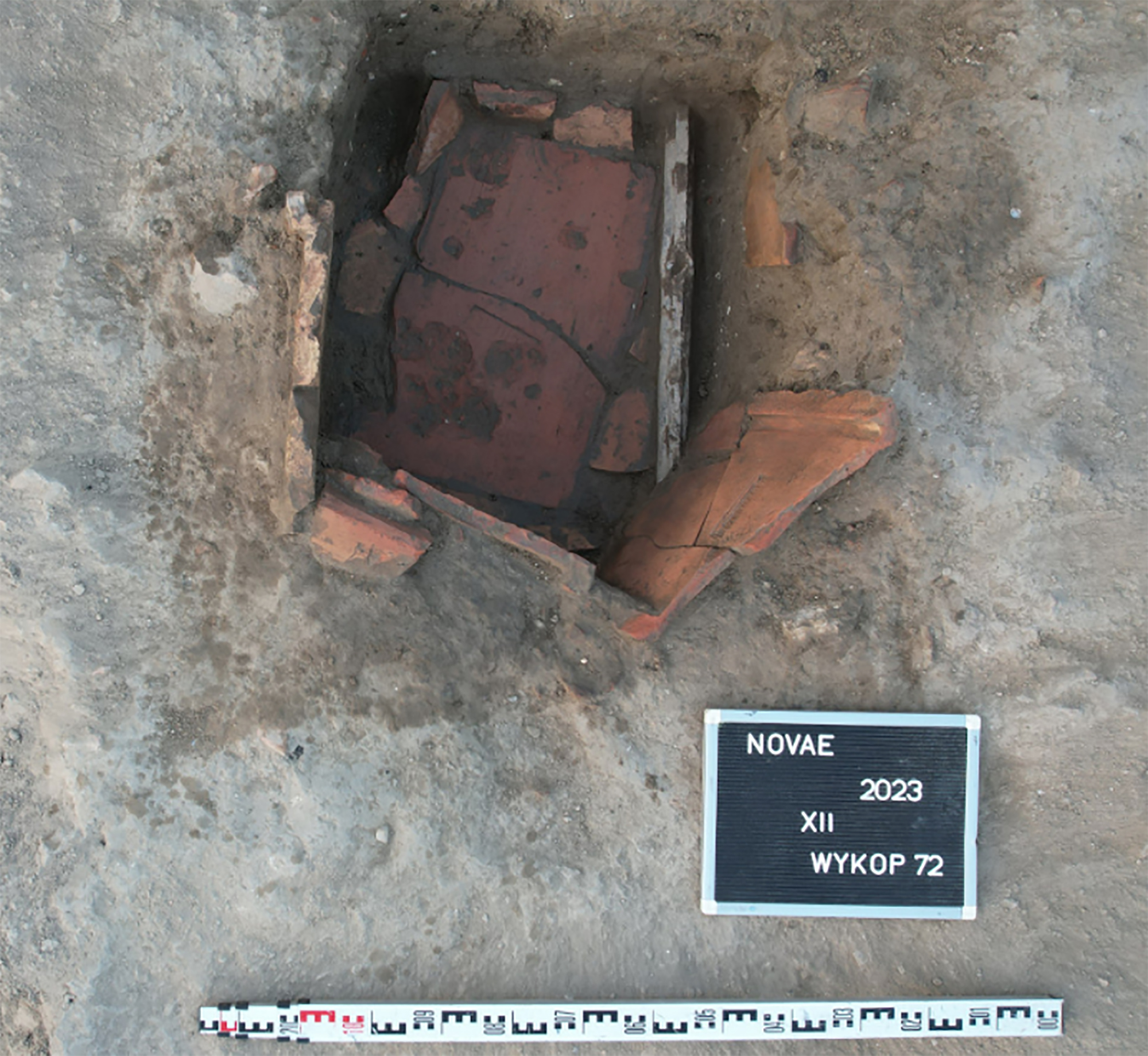The richest athlete in history

Rome, c. 146. The auriga Cayo Apuleio Diokles was removed at the age of 42. His companions and followers made an inscription in his honor that captured Diocles’ spectacular trajectory. Among other things, they received in the inscription an amount earned in the activity: 35,863,120 sesterds.
Kaio Apuleio Diokles was born in 104 in the capital of the province of Lusitania, in Emerita Augusta (now Mérida, Spain). The horses of Lusitania were famous in the Empire and, considering the circus of the city, it is not surprising that Emerita Augusta aurig had a rich quarry.
He began to compete in the official runs of the 18-year-old Quad, with the white team as the main rival. At 24, he entered the green team, where he was three years old, and finally, he spent most of the years in favor of the red team, until he retired at 42. The long career of 24 years was exceptional, as many aurigas die young in traffic accidents, while many others were forced to abandon careers for injury before the desired.
The success rate of the guide square was also unusual: 34%. According to his registration in Rome, he participated in 4,257 races and won in 1,462. In another 1,438 races, he was second or third on the finish line. In addition, when he seemed to have no chance of winning, he was famous for his ability to move forward, and also because he had a ducenary among the four horses that threw the cart, a horse that had won over 200 races.
Their earnings did not come solely from their victories. The merchandising of the time also contributed a lot to the Diocles pattern. Lovers of gladiators and aurigas used to buy very varied souvenirs: oil lamps, mosaics with the image of the athlete...
He didn't get very far from Rome at the end of his sports life. He stayed in Lazio, in Praenest, in the present Palestrina, and there he died. We don't know the date of death.
According to Forbes magazine, in 2009 golfer Tiger Woods became the first athlete to exceed $1 billion in a profit year. According to Peter Struck, researcher in Classical Studies at the University of Pennsylvania (EE.UU. ), Diokles won $15 billion, compared with $15 billion today. But doing this kind of extrapolation with so many centuries is not very reliable, and making contemporary comparisons is more meaningful. With the fortune of Auriga, the entire army of the Empire could stay for three months or feed the city for a year.
Eskultura grekoerromatarrek bere garaian zuten itxurak ez du zerikusirik gaurkoarekin. Erabilitako materiala ez zuten bistan uzten. Orain badakigu kolore biziz margotzen zituztela eta jantziak eta apaingarriak ere eransten zizkietela. Bada, Cecilie Brøns Harvard... [+]
Judea, 2nd century AD. In the turbulent atmosphere of the Roman province, a trial was held against Gaddaliah and Saul, accused of fraud and tax evasion. The trial was reported on a 133-line paper in Greek (pictured). Thinking that it was a Nabataean document, the papyrus was... [+]
Poloniar ikerlari talde batek Sevillako Italica aztarnategiko Txorien Etxea aztertu du, eta eraikinaren zoruko mosaikoak erromatar garaiko hegazti-bilduma xeheena dela ondorioztatu du.
Txorien etxean 33 hegazti daude mosaikoetan xehetasun handiz irudikatuta. Beste... [+]
A group of interdisciplinary researchers from the Free University of Berlin and the Zuse Institute have developed a complex mathematical model to better understand how Romanization spread in North Africa.
According to a study published in the journal Plos One, the model has... [+]
Although it was thought that in most of the cities of the Roman Empire there were jails, little remains have been found of the prisons of the time in the fields.
Recently, however, the archaeologist at the University of Copenhagen, Matthew Larsen, has identified the Roman... [+]
Rome, towards the year 100 d. C. The poet Juvenal received the X. In Satira: “For a long time, particularly since we have to sell the vote, this people has lost interest in politics. Before, the head, the lots, the legions and, after all, they gave it all, but now they let it... [+]
This winter the archaeologists of the INRAP (National Institute of Preventive Archaeological Research) have found a special necropolis in the historic centre of Auxerre (French State), a Roman cemetery for newborn babies or stillbirths. - Oh, good! The necropolis used between... [+]
Rome, a.C. 443. Censors were elected for the first time. Two centuries later it would be the most important magistrature of the Republic. Every five years, they chose two censors among consular senators.
It was a position of great responsibility: they were primarily responsible... [+]
It has been considered that the wine drank by the ancient Romans was a poorly made wine, without body and with an unpleasant taste. But the work that researchers at the universities of Ghent and Warsaw have published in Antiquity has provoked the withdrawal of this belief.
The... [+]
To analyse the political situation in today ' s world we often do not use the history of the Roman era. I guess it will be because it seems too old and too far away. Moreover, among such different things, we find it difficult to empathize with the history there... [+]

























